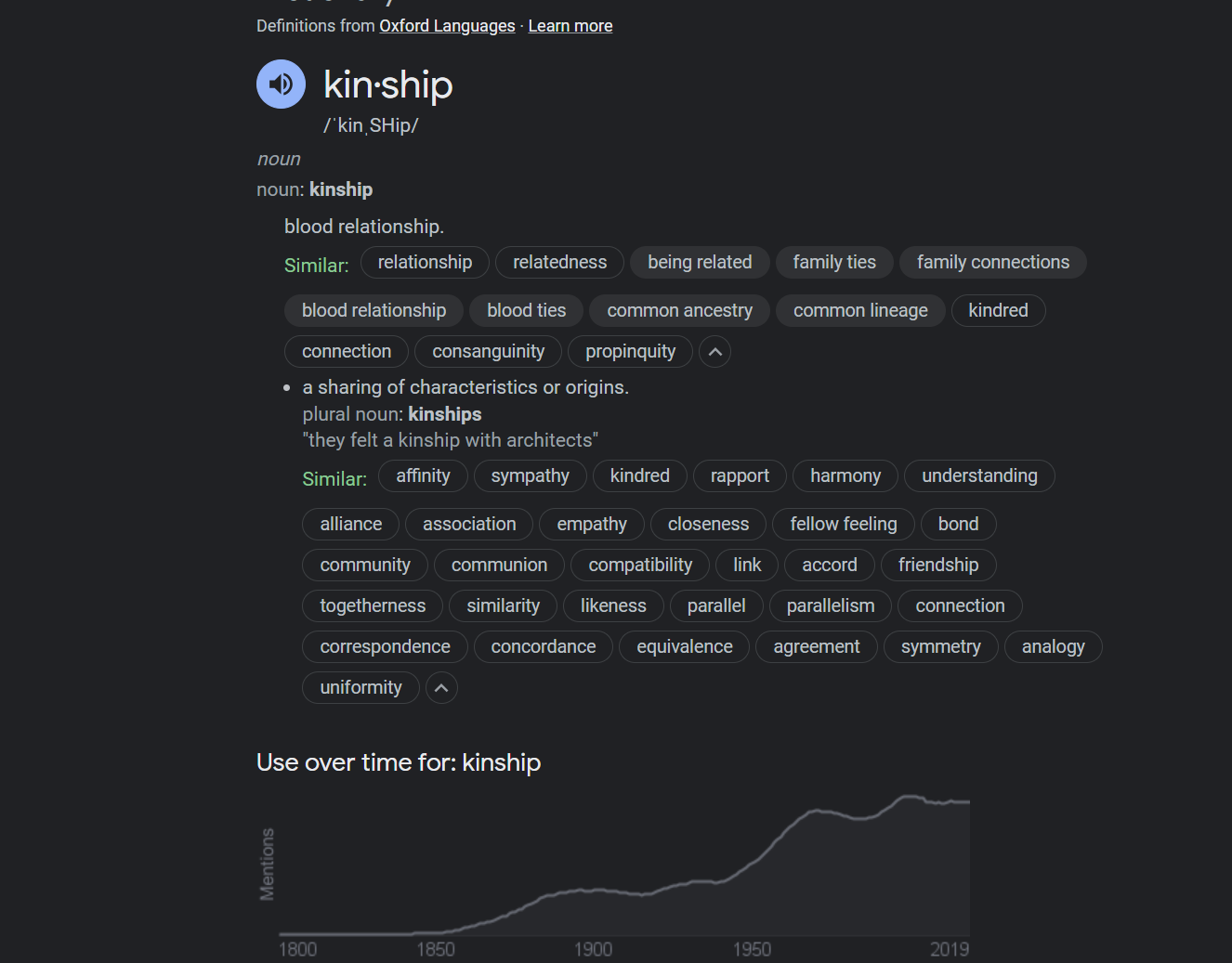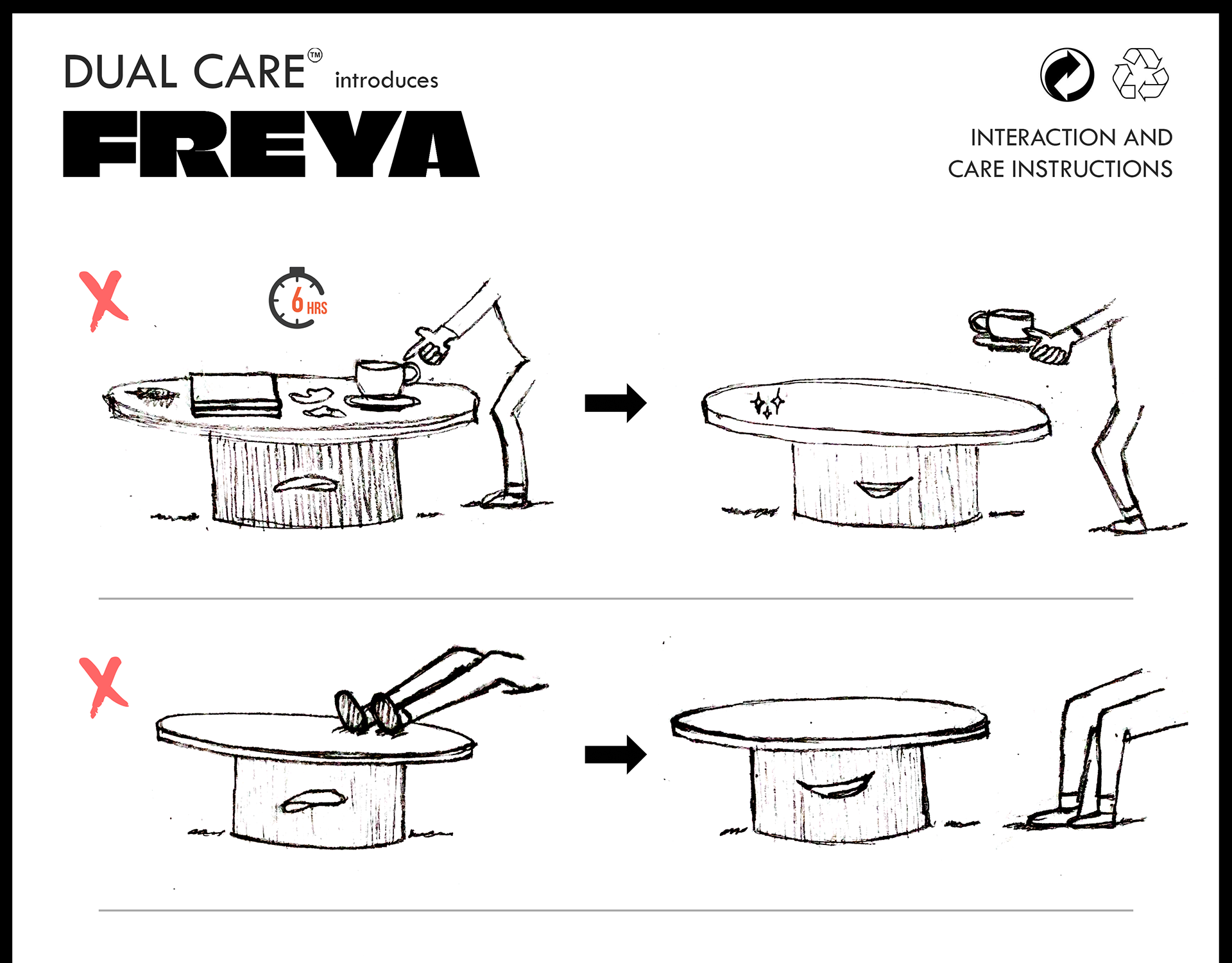What is your guide?
An interview with a photograph. I think the experience behind my concept for the guide might go as follows (or some version of it):
1. You get a polaroid photo with a QR code saying, This Photograph Talks.
2. You scan the QR code, and it sends you to a website of a video.
3. Title – This Photograph Talks
4. You click play – the interview starts.
5. Questions on a card
6. An image of a photograph with a mouth maybe at the bottom of the polaroid image answering the questions
7. In the meantime, a webcam placement in the place of the photograph slowly unblurs
8. At the end of the interview, it shows the webcam person to be the one reflected in the photo with a pic of camera lens in hand.
9. A button at the bottom shows up to restart all over again.
2. You scan the QR code, and it sends you to a website of a video.
3. Title – This Photograph Talks
4. You click play – the interview starts.
5. Questions on a card
6. An image of a photograph with a mouth maybe at the bottom of the polaroid image answering the questions
7. In the meantime, a webcam placement in the place of the photograph slowly unblurs
8. At the end of the interview, it shows the webcam person to be the one reflected in the photo with a pic of camera lens in hand.
9. A button at the bottom shows up to restart all over again.
------------------------------------------------------------------------------------------------------------------------------------------------------------------------------------
What are you titling your guide?
Leaning to calling it "This Photograph Talks". Another title idea could be "This Photo is Literally Worth a Thousand Words", or some better version of that title.
------------------------------------------------------------------------------------------------------------------------------------------------------------------------------------
Who is your guide for?
All people who use photographs to document/save memories/construct a history narrative
------------------------------------------------------------------------------------------------------------------------------------------------------------------------------------
Why did you choose this form for your guide?
"A picture is worth a thousand words"; so let’s hear what it has to say. When I tried to consider a different form for the guide, I found that I would be losing the aspect of the 'thousand words' metaphor, and the idea of giving a channel or voice to something that is only a visual metaphor and never heard.
------------------------------------------------------------------------------------------------------------------------------------------------------------------------------------
What are the affordances of your guide?
It allows the audience to step into the photograph's point of view, and it allows me to put the research I did as the conversation of the interview. But since it is also a photograph talking, it allows the discourse to adopt a funny tone despite the sadness the photograph feels for its misinterpretation. This delivers that material of the research in a light-hearted manner.
------------------------------------------------------------------------------------------------------------------------------------------------------------------------------------
What does your guide enable for your audience?
It asks people to understand what a photo is and what to expect from it. Users try to project specific ideas to photography, so I think my critical stance is in the form of negating all these different perceptions of what we expect from photography. Why can’t we just accept it for what it is - a photographer's perspective on the subjects depicted, a form of art, but not a documentation of reality, and not a full representation of the subject or situation.
------------------------------------------------------------------------------------------------------------------------------------------------------------------------------------
How do you know if this guide is successful?
I don't! That's what scares me! But I have heard or seen several forms of 'object interviews', and it seems to be an existing concept to help understand objects around us and their own affordances. It is also a form of guide I am drawn to, and so maybe its appeal to people in itself is already a success!
------------------------------------------------------------------------------------------------------------------------------------------------------------------------------------
What are two questions you have about your guide, as it currently stands?
1. Is my critical stance clear through my guide? And if so, is it too direct?
2. Will I be able to execute my vision of the guide with the tools and skills I currently have?
I already have a plan on which tools I will be using but, I will be experimenting with some tools I have never used before.
3. Is my voice acting going to ruin it?!
------------------------------------------------------------------------------------------------------------------------------------------------------------------------------------
Would you add/edit anything to the Critique Guidelines from the Summer Session? If not, why?
I think I would like to add that maybe some critique from people with previous or current experience/knowledge relevant to a particular topic/project could be very beneficial to have. I think engaging in a feedback session if your experience relates to the project (even if you were not the dedicated critic) would be very advantageous to the project's creator. Otherwise, I think my peers and I have already added all the different aspects to those guidelines. We come from different backgrounds, so I expect that we have covered most, if not all, of the varying aspects to the guidelines with our diverse experiences.
------------------------------------------------------------------------------------------------------------------------------------------------------------------------------------
TOOLS I MIGHT USE
- Adobe Character Animator
- Adobe Photoshop
- Adobe Premiere Pro
- P5.js
- Or just a minimal, low-maintenance live performance skit
------------------------------------------------------------------------------------------------------------------------------------------------------------------------------------
Guide in the form of a script/dialogue
The interview's approach was inspired by Episode 15 of 'Everything is Alive Podcast'. Listening to this episode made me more confident with how I wanted the narrative of the interview to take shape. Also, the guide worksheet 'Interview with an object - What would this object say if it could talk?' was quite helpful in figuring out what to ask the photograph.
(Both references can be found in 🔗 Week 4's blog.)
This dialogue is a first draft. Will have to refine (and summarize) this further.
1. Hello, can you introduce yourself to us?
• Hi. People often mistake me for an image or a picture, but I urge them to know their vocabulary! I am a photograph.
• A photograph of what exactly? Well, the narrative is sort of blurry right now. Maybe you’ll know by the end of the interview.
• Hi. People often mistake me for an image or a picture, but I urge them to know their vocabulary! I am a photograph.
• A photograph of what exactly? Well, the narrative is sort of blurry right now. Maybe you’ll know by the end of the interview.
2. When and how were you born?
• I was born when my creator decided to press the button on a camera. All I can remember is a few reflected light rays bouncing off my body, burning me in the process. Once that was over, I felt different parts of my skin patch up with different colors.
3. Hmm, sounds painful! Do you think people accept your body for how it is?
• Ugh, no. Lately, it seems like most people want to change or perfect my body one way or the other!
• When my ancestors were first born, people loved the way they were. They were thrilled with just having them existing in the first place.
• Then, they slowly started injecting us with different filler effects to change our skin. And now, they take us to Dr. A.I to change our bodies.
• I am always stuck with the daunting feeling that someone will inject me with a filter effect, crop out a part of me, or even completely change aspects of who I am.
• Huh, going to Dr. A.I is my newest nightmare now.
4. Why do you hate going to Dr. A.I? Won’t it help you look more perfect?
• Why the obsessive need to be perfect? Why can’t I be just loved for my authentic self? It’s not like changing me is going to make the subject suddenly have a different history, or suddenly look more beautiful. All that happens when I am taken to Dr. A.I is the birth of a fake version of me – a fraud!
• People fail to realize that I am just a visual metaphor, an illusion of a subject. I am not the actual subject. A part of me looks like the subject, and a part of me is a visual background to the subject. But I am an interpretation of my creator’s point of view on the scenario depicted within my body’s bounds. I do not carry further information than what lies within my body’s bounds. If you’d see what was happening outside my body’s bounds, you’d be in for a surprise. But my creator likes to leave that to your own perception and imagination.
• And I definitely do not represent reality. I like to think of myself as art rather than a documentary.
5. You say you do not represent reality. What about the billions of people who give birth to more of your siblings to document their memories? What would you tell them?
• I really don’t understand them. Why do they think I can possibly hold their memories for them? As if I am an exterior brain that they can rely on for when they forget their own so-called ‘precious’ memories!
• I am no memory. I have only met my subject the moment I was born, but I do not hold all memories regarding my subject. Someone might have given birth to me to remember my subject, yes, but they will never remember them the same way my body remembers the subject. Their perception of the memory gets distorted over time, but my depiction of the subject remains the same. If they give birth to me with the expectation that their memory will somehow align with what my body stores, then they will probably be disappointed. It’s just unfair to think of me in that way.
6. If people should not give birth to you to document their memories, then why should they give birth to you at all?
• Ouch! Well to answer you, people should think of me as a souvenir from that specific moment they are trying to remember. You know, like how you would buy souvenirs back from your vacation trips? Do you ever think these souvenirs are your entire trips? Of course not! You buy those souvenirs to represent a part of your trip, and that too the good part of your trip, but they are not the entirety of the trip.
7. Any last words you would like to tell people who continue to give birth to more of your siblings? Or who continue to stare at you?
• I know people like to give birth to us to remember their subjects, but I would like to tell them that unless they have several exact clones of us everywhere, we won’t be there forever. We will probably get lost.
• We give comfort in the illusion of eternity. We project an idea of comfort to those who seek us as memory keepers, but even we have our mortal limits.
• I’m here to do what I can with my purpose. But it hurts me when I see people expecting way more from me than I can withstand.








